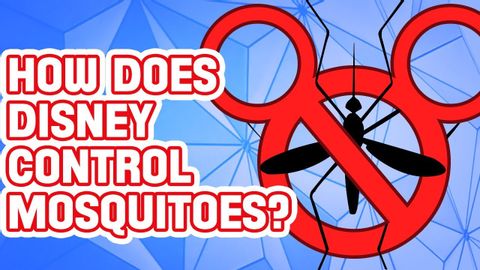夏天蚊子多,為什麼迪士尼樂園沒有蚊子? (Why Are There No Mosquitoes at Disney World?)
Samuel 發佈於 2022 年 08 月 05 日  沒有此條件下的單字
沒有此條件下的單字US /ɪˈlɪməˌnet/
・
UK /ɪ'lɪmɪneɪt/
US /ɪkˈspɪriəns/
・
UK /ɪk'spɪərɪəns/
- n. (c.)經驗;(學到東西的)經驗;經驗;經歷
- n. (c./u.)經驗;經歷;工作經驗
- v.t./i.經歷;體驗
US /ˈprɛzəns/
・
UK /ˈprezns/
- n.在場;出席;冥冥中有人的存在感;風度;出席者;在場者;影響力;勢力;高頻率
US /kəmˈpliːtli/
・
UK /kəmˈpli:tli/
